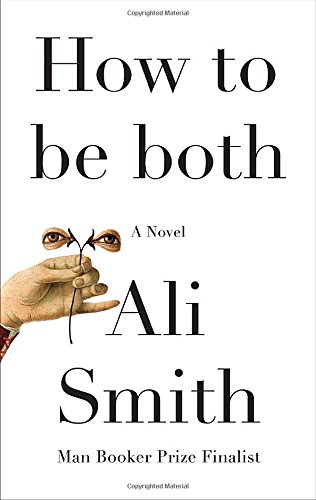 I’ve decided to add a new category to my blog called “Reading Lists” that will be dedicated to all the books I’ll read in preparation for the PhD comprehensive exams. I’ve thought it a great idea to have a blog page as a way of keeping track and checking in on myself via public posts. The blog notes will be brief and rough, but I hope that they will open up a conversation where happy accidents might happen, where someone might say something I may not have seen or experienced in the reading. So yes, this is an experiment, let’s see how it goes, and if you might enjoy this journey with me.
I’ve decided to add a new category to my blog called “Reading Lists” that will be dedicated to all the books I’ll read in preparation for the PhD comprehensive exams. I’ve thought it a great idea to have a blog page as a way of keeping track and checking in on myself via public posts. The blog notes will be brief and rough, but I hope that they will open up a conversation where happy accidents might happen, where someone might say something I may not have seen or experienced in the reading. So yes, this is an experiment, let’s see how it goes, and if you might enjoy this journey with me.
Ali Smith is my special author. I’m looking at the way she handles liminality in her works. I’m considering how liminal forms and spaces functions through her characters, language and plot. I’m especially aware that language is her playpen. She never loses sight of what words can do and mean in any given context. She’s interested in subversion, crossing boundaries, and committing acts of transgression that destabilize established norms, which makes her a formidable trickster.
After reading How to be both, my first impression is that it’s a fleshed out story of what started in Girl Meets Boy: The Myth of Iphis, a short novel or perhaps a novella (161 pages) that she published in 2007. In Girl Meets Boy, the liminal space is largely gendered, and the same goes for How to be both. Smith’s main characters exist as man and woman at the same time, trip and balance, trip and fall, and then balance. In their negotiations we see how vulnerable and flawed, but also how very human, how convincing that this balancing act could free their and our minds, cause our imaginations to soar. This is in fact nothing new; it’s historical, for centuries women have been pretending to be men in order to get jobs, especially. In the US, during America’s civil war, books like Neverhome by Laird Hunt confirm that women were drafted and fought as men because they wanted to. But now I’m digressing. Back to Smith’s point, this old and new thing is still a revolutionary act, a transgression and subversive because when it happens, it opens eyes and leads characters into spaces they would not normally inhabit had they remained in their normative selves. It is essential for art, and necessary for human life. If you’ve watched the 2011 movie, “Albert Nobbs” Glenn Close is the character that comes closest–no pun intended–to Francescho Del Cossa in Ali Smith’s How to be both. The movie, which is based on George Moore’s novella, The Singular Life of Albert Nobbs, depicts the life of a woman forced to live as a man in 19th Century Ireland in order to work as a waiter in a hotel. The same novella inspired Simone Benmussa to do a play adaptation, in which the nature of women and society was an important focus. For women like Francescho who are impelled to disguise themselves as men, they enter a specific purgatorium that frees and binds at the same time. They may find financial security but when love and desire bleeds into the picture, the carefully constructed facade becomes endangered. It’s hard not to notice that Francescho as an artist is both painter and painting, always in the process of constructing, purging, renewing, and working with smears in life and art.
How to be both is also a two-storied novel. Two perspectives in one book. The reader is left to choose one or both. The title plays a big role in showing the reader how to read differently, how to come up with multiple perspectives, and how any story is potentially capable of layers and several renderings. Humans, like art–frescoes–are versatile. In the first story the narrator mentions a number of things she has learnt that are important and include: “how to tell a story, but tell it more than one way at once, and tell another underneath it up-rising through the skin of it.” As a painter, the narrator who is a woman but passing as a boy affirms the existence of the others like her: “There were others like me, painters I mean, who could do my particular both: we knew each other when we saw each other, we exchanged this knowledge by glance and by silence, by moving on and going our own ways: and most anyone else who saw through the art of what some would call our subterfuge and others our necessity graced us with acceptance and an equally unspoken trust in the skill we must surely possess to be so beholden to be taking such a path.”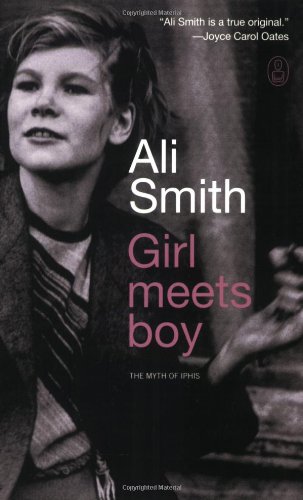
What gets my sympathy is how some of these characters do not actually undergo gender change surgery-wise. They do it the hard way, binding the chest with linen to look boy-like. The main motivation is work, survival. That’s how it is in the first story of How to be both. Chapter two begins: “This boy is a girl.” In Girl Meets Boy, it’s also about dressing like a boy when one is a girl and vice versa. “Let me tell you about a time when I was a girl, our grandfather says” is the first line.
Structurally, I have a feeling that the poststructuralists would have a lot to say about this book. There’s a way the narrative points to the language system to be studied and taken apart, always going to the root of words and building onto them. Playing seriously, lightly, swiftly, not just linguistically but also through form, demonstrating the need to construct and deconstruct at the same time. In the end, even the analysis or understanding of words is not enough, is not to be wholly trusted because something “real” is left in-between, some meaning is yet to come from outside, elsewhere, and meaning itself can be exhausting, inconclusive, pointing to yet another word, another sign, etc, because there’s nothing like pure this or that.
Reader, feel free to add your thoughts and comments. Now Let’s move on to There But For The…
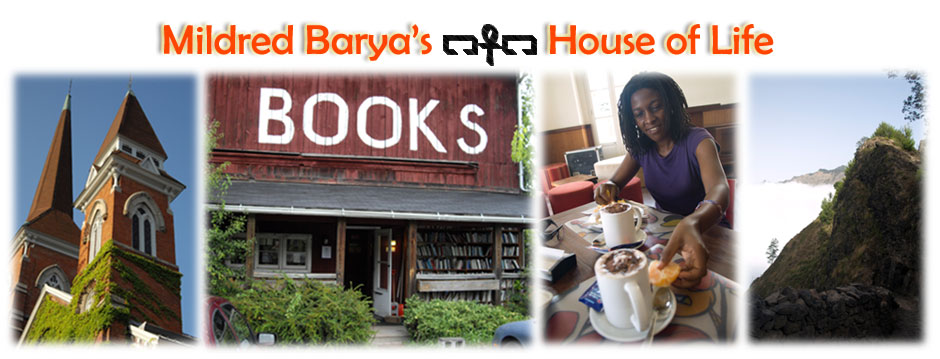
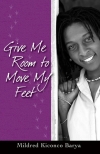
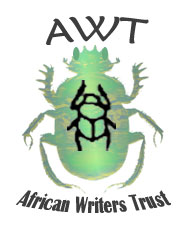
No comments yet.